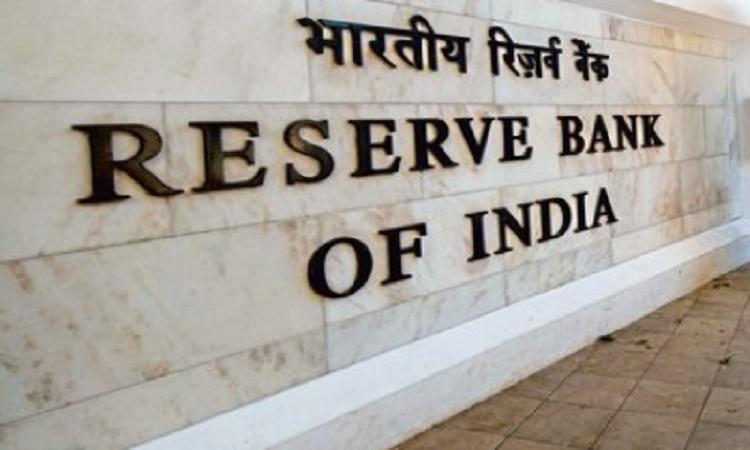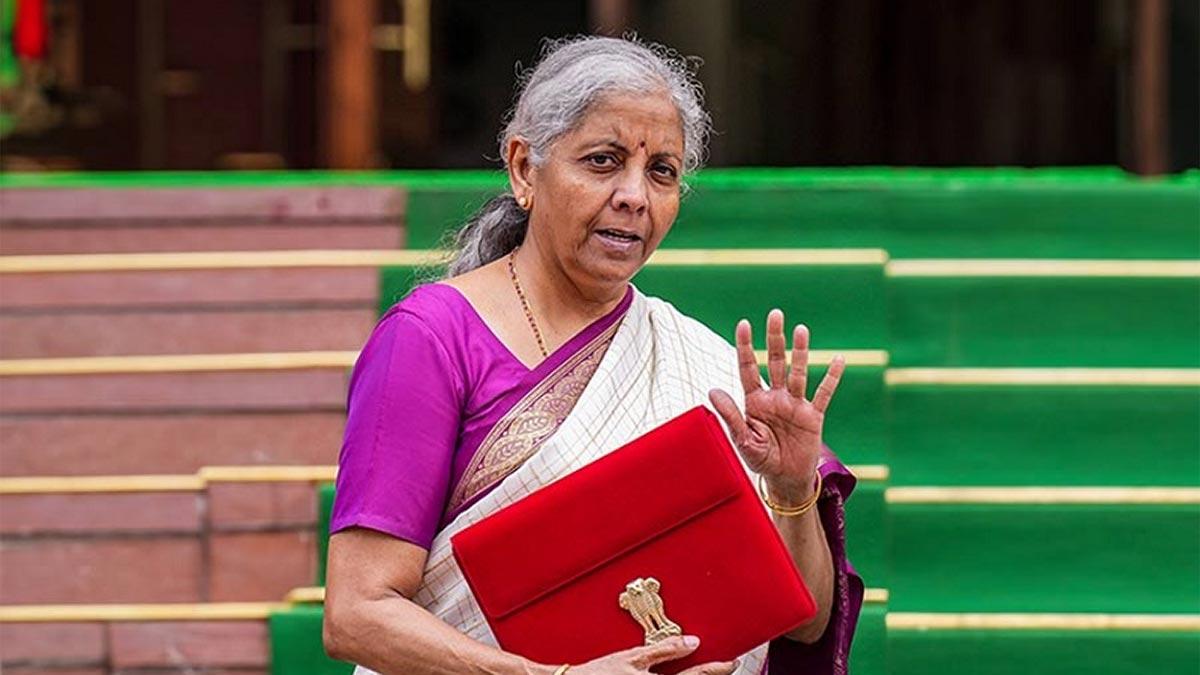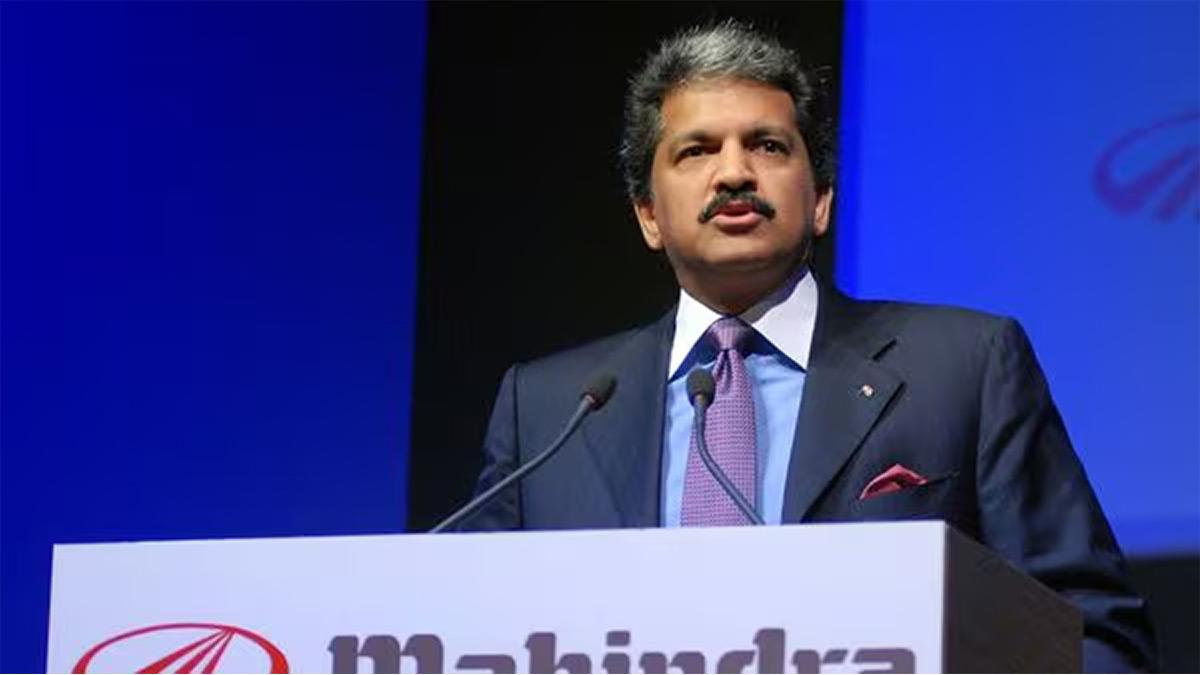The policy was along expected lines in terms of action with the MPC delivering a 50 bps hike, taking the repo rate to 5.90 per cent. The recent dissent on stance continued from MPC member Prof Varma. However, there was a new development on one dissent on quantum of hike. Dr Goyal voted for 35 bps hike only.
Before we turn to the important takeaways, here is one observation: if what one looks for is assured navigation in central bankers, then Das is amongst the best we have ever had. Thus there is a clear recognition of our strengths and a sense of confidence in the face of global challenges. However, the resolute normalisation of policy nevertheless continues without taking the eye off the ball.
The clearest example of this, in our view, was in the clarification of stance given by the Governor today. As background, this has been a somewhat vexing issue. Within the MPC itself there is one argument on appropriate stance linked to the level of repo rate achieved and another around absorption of liquidity. The clarification from the Governor in some sense combined the two. When the stance of monetary policy was moved from neutral to accommodative in June 2019, the repo rate was at 5.75 per cent; lower than what it is after the policy decision today. However, inflation was sub 4 per cent on near projections and liquidity was mildly deficit. Today, near projections on inflation are still around 6 per cent and liquidity (when adjusted for very high government balances part of which will be spent going ahead) is still in surplus. Hence both on 'real' policy rate in the near term as well as on current liquidity situation monetary policy is deemed to be more accommodative today. This definition, alongside a refusal to get drawn into a debate on terminal policy rates, keeps monetary policy flexibility alive in the face of a very hostile global situation. That said, for a variety of reasons, we believe that we are probably one policy meeting away from achieving the terminal rate in this cycle. We discuss these below:
Also Read | Hike in repo rate likely to impact affordable housing
The Terminal Rate
As noted above, it is prudent for the central bank to not get drawn into the terminal rate discussion at this stage. Governor Das has commented, including in his speech today, on the difficulty in providing forward guidance in a policy tightening cycle, especially one that is being conducted in such a highly uncertain environment. His observation that forward guidance may in fact end up destabilising financial markets has been proven true even in recent experiences with developed market (DM) central banks. Thus we have seen multiple examples on some of these having to go back within days on guidance provided on quantum of upcoming rate adjustments, with consequent volatility in markets. That said, we expect the repo rate to peak at 6.15 - 6.25 per cent in this cycle with the final hike likely in the upcoming December policy. This is higher than our earlier expectation of 6 per cent and reflects changes to DM rate forecasts by a very sharp extent lately, something that we weren't expecting earlier (https://idfcmf.com/article/9551 ). This still means that we don't have to follow the US Fed lockstep, even as some upward adjustment is prudent given the latest aggressive changes in Fed (and other DM central banks') terminal pricing lately. We summarise below some of our reasons:
1. The anchor to our view has been that India's total fiscal and monetary accommodation over the past 2 years has been very much more modest than many other economies. Not just that, monetary normalisation has been relatively quick and proactive here as well. One aspect that doesn't get talked about enough when discussing monetary policy, is the central bank's balance sheet. While these reductions are still at a nascent stage in DMs, RBI's balance sheet is already lower by approximately 9 per cent over the past 11 months. Admittedly, a lot of this may be 'forced' as the central bank's dollar asset holding has been coming down as it has sold dollars to smoothen rupee movements. However, the effect on core liquidity is the same and this has been shrinking progressively over the past few months. Local rate transmission is well and truly underway, including into cost of loans courtesy the external benchmark linked loan regime that by now has significant outstanding in the banking system.
2. The recent domestic growth acceleration has to be looked at in context: As of FY 22, we had barely crossed pre-pandemic levels on real GDP, which itself was the culmination of some years of slowdown. Also, while the concurrent resilience in domestic economic indicators is a source of great comfort, the global slowdown will take its toll via the export channel. Thus it is highly unlikely that the current momentum on domestic growth continues, even as India's relative growth will still be much better compared with much of the world.
3. As far as FY 24 CPI goes, we have only one 'official' forecast from RBI: 5 per cent for Q1. However, the monetary policy report reveals RBI staff estimates for the full FY 24. Assuming a normal monsoon, a progressive normalisation of supply chains, and no further exogenous or policy shocks, structural model estimates indicate that inflation will average 5.2 per cent. If this holds true going forward in the general thinking of MPC as well, then a 6.25 per cent terminal would yield a 100 bps real positive policy rate on a forward looking basis. Given the context on growth as described above, this should be more than enough from a macro stability and formation of inflation expectations standpoint.
4. The argument around hiking to 'maintain' interest rate differentials vis-a-vis say the Fed has to be tread upon carefully. The Fed, and for that matter some other DM central banks, are hiking because they have a run away inflation problem locally. This in turn is owing to an irresponsibly large stimulus post the pandemic in these economies that caused severe local imbalances. While RBI has to guard against the volatility that DM action is now bringing, managing these spill-overs can manifest as somewhat tighter policy locally than otherwise would have been the case. This is already being captured, as an example, in the Governor's interpretation of stance as detailed above. We have also moved our terminal rate expectation higher to 6.15 - 6.25 per cent reflecting precisely this. However, we disagree about the usage of interest rates locally beyond this: specifically as a tool to manage currency as some participants have argued. The channel via which this works isn't as obvious when you don't have a very large domestic imbalance to offset.
5. Our Current Account Deficit (CAD) is an issue, but it is on account of two factors: One, the commodity shock emanating from the Russia-Ukraine conflict was in effect a forced exporting of savings for a commodity importing nation such as India. However, this shock is unwinding in a host of commodities and this should have a salutary effect on our CAD with a lag. Two, for a variety of reasons India's near growth trajectory has become somewhat de-synchronised with many other nations of the world (we are accelerating while many others are deaccelerating). This is also causing additional pressures on CAD.
Also Read | RBI rate hike expected, terminal rate hike to be 6.5%: Experts
As noted before, even with the growth acceleration our journey since the pandemic remains modest. In fact the decision to be responsible in overall stimulus in response to the pandemic would have presumably been to ensure that the eventual growth come-back would be more sustainable (this sits in stark contrast to many DMs who 'purchased' growth from the future courtesy unwieldy amounts of stimulus). If local monetary policy also became impatient and tamped down on this growth upturn, then the whole advantage from the restrained stimulus earlier would not be availed of. Thus some amount of patience on CAD is probably logical especially given the correction in commodities as noted here (Deputy Governor Patra noted RBI's expectation of CAD coming off over second half of the year). If temporary measures are required eventually on currency they should rather be administrative given this context.
Portfolio Strategies
There has been a resurgence in global market volatility over the past few weeks, with data and events triggering a substantial repricing of terminal rates in many major DMs. This also translated locally in market repricing RBI rate trajectory significantly higher. For instance, 1 year overnight indexed swap (OIS) yields have risen more than 50 bps since early September. The bond curve has flattened aggressively, partly reflecting the above development. As an example, the yield on 5 year and 10 year bonds virtually converged going into today's policy. We think this is excessive, and makes the relative value in 3 - 5 years maturity government bonds all the more appealing. With a terminal overnight rate of around 6.25 per cent, there is more than adequate cushion on 3-5 year rates and we expect the same to start to get factored into the shape of the curve as market's peak rate expectations begin stabilising again over the next few months. Also very importantly, the government borrowing calendar for second half of the financial year is quite light on supply in the 5 year segment when compared with longer duration.
Finally, gross supply of state development loans (SDLs) will likely pick up meaningfully in H2 vs H1. This will alleviate some of the 'scarcity' in duration supply that has been plaguing longer term investors like PFs and insurers, and thereby help steepen the curve somewhat as we go ahead. Thus both reflecting the shape of the curve as well as our view on terminal policy rate, we continue to find the most value in 3 - 5 year government bonds. That said, shorter end rates have also repriced significantly thereby making money market products relatively well placed provided the investment horizon here is kept somewhat longer than earlier accounting for the larger volatility generally in markets in the current state of the world.


















